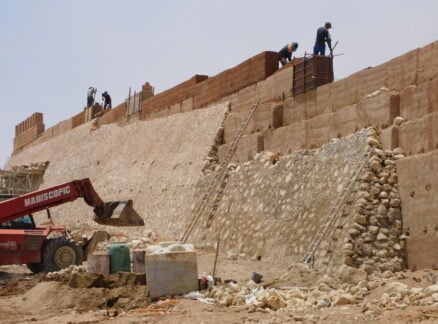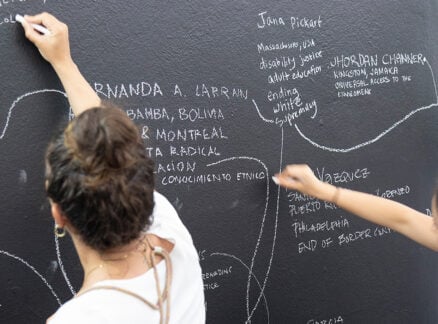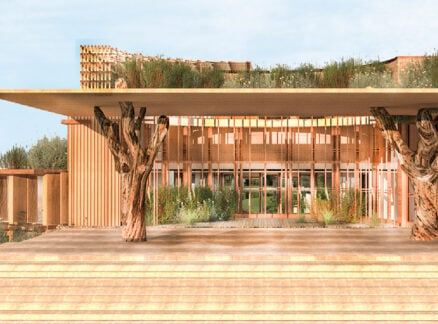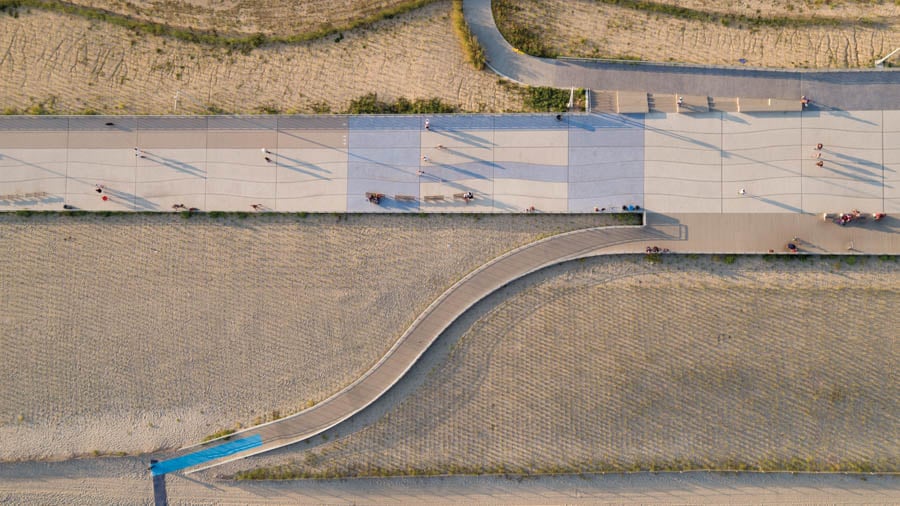
August 21, 2020
Game Changers 2020: WXY and Future Green on Collaborative Urbanism
Next in our annual Game Changers series, Claire Weisz of WXY and David Seiter of Future Green discuss the complexities of designing within New York’s diverse biomes and histories.
As era-defining events continue to unfold around the world, digital platforms have catalyzed civic debate as never before. So for our annual spotlight on Game Changers—that is, the practitioners and researchers reshaping the A&D field—we used videoconferencing to connect people from different parts of the globe and from disparate spheres of design. Over one-hour sessions, our Game Changers discussed social justice, health, technology, and urban place-making—all topics implicated in the maelstrom of 2020. In the following text, we recap highlights from those conversations. An important takeaway is that our most pressing problems must be solved through interdisciplinary, networked approaches.
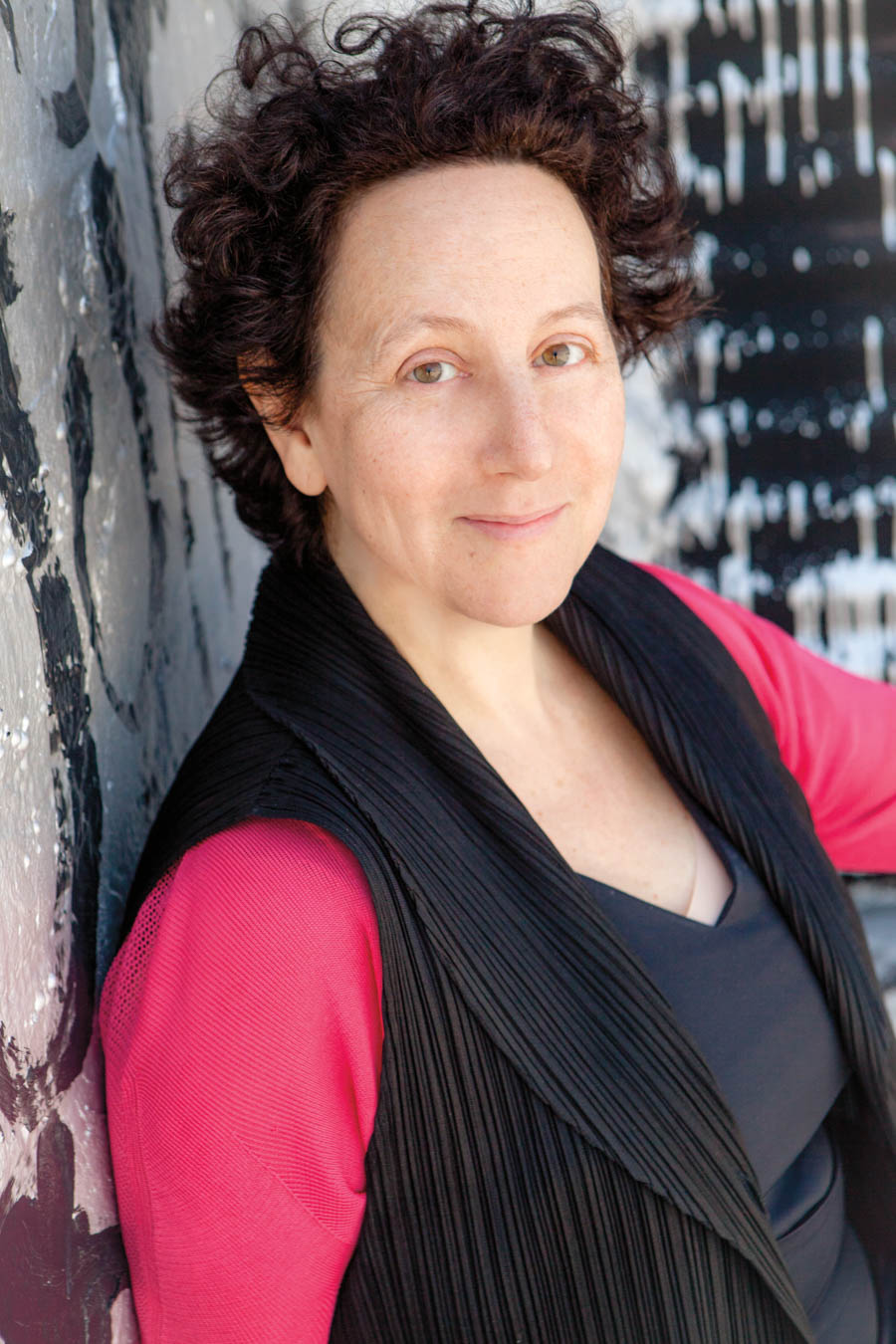
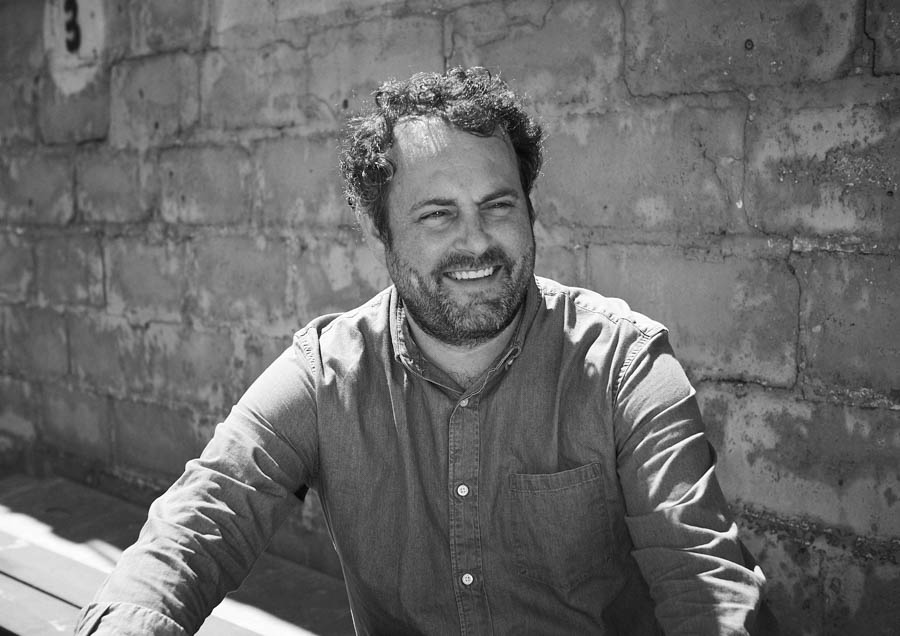
Building in New York is hard. It’s often extremely piecemeal and demands astute navigation of community, bureaucracy, budget, and multivalent design teams. But it can also be rewarding and generous, particularly for individuals who interact daily with the city’s infinitesimally small but endlessly dynamic bits of space. Here, we convened Claire Weisz and David Seiter, two practitioners who have prioritized community and ecological needs in their portfolio, bringing deference and sensitivity to New York’s diverse biomes. Both have ongoing work in the South Bronx, and we began our conversation with this question: In undertaking master plans for the fast-developing area, how do you incorporate sociocultural and political realities?
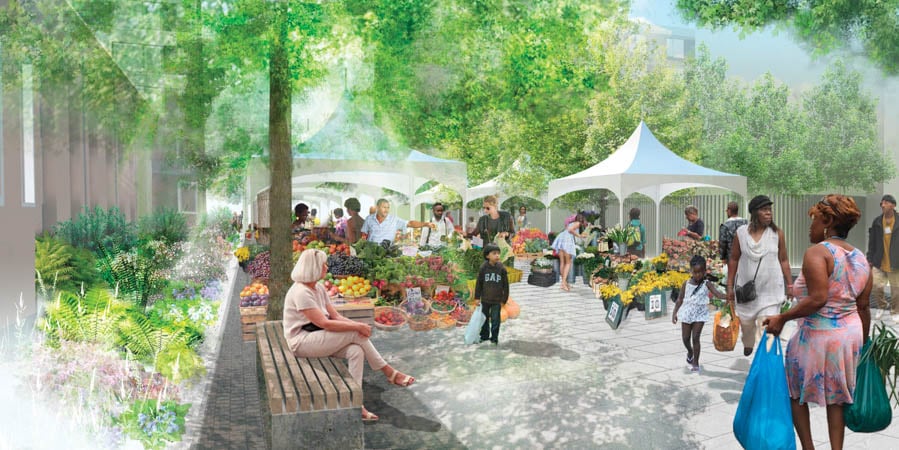
CLAIRE WEISZ: I’m going to jump in and say the term “master planning” should be outlawed in architecture. We create plans that engage communities because those communities engage us. Whether you’re a landscape architect like David or an urban designer like me, the idea that you are in control is completely wrongheaded. Led by three developers, including Mutual Housing Association of New York, we created a plan for Hunts Point, which eventually won the competition. Currently, it’s Elizabeth Kennedy as landscape architect, we’re co-architects with Victor Body-Lawson, and the Point is very much involved. Stakeholders in the Point understood [they were] going to have to help [themselves]. Since then the world hasn’t changed a lot for them: They’re still underfunded, it [Hunts Point] still has an unfair amount of particulates in the air. These are people prepared to buck the system and do any work needed. I would call all of those pieces a kind of vision that turned into a framework that is now turning into a community development public-private partnership—none of that actually says “master plan.”
DAVID SEITER: I think similarly, we worked on an HPD [Housing Preservation & Development] project in an area that could be called Bronx Chester, a new building in collaboration with FXCollaborative, Hudson Companies, and BRP, bringing 500 new units of affordable housing as well as the Bronx’s first YMCA and two acres of open space, playgrounds, and other amenities, like a rooftop farm. To your point, that wasn’t really a master plan. Sometimes as landscape architects, we’re kind of left with the spaces in between and told to optimize those almost on the tail end of some larger discussions that really frame the site.
But unfortunately, we’ve seen a pitting of affordable housing against open space in New York. We don’t always have the agency to make the systemic change we would like, but I think as landscape architects, we can pull together disparate entities to create frameworks, to get the kit of parts necessary to advance these kinds of goals. And there is this possibility—again, embedded within the infrastructure of the city— that we can kind of optimize those assets and then transform them into active engines of ecological performance.
We’ve also been working with the Broadway Mall Association, a nonprofit that manages Broadway from 70th Street up to 170th Street and that itself is an amazing transect of the city, cutting through all sorts of racial and economic divides. We have to recognize that we have larger assets as a city. Streets and sidewalks, I believe, are about 25 percent of New York City’s footprint. There’s this amazing potential to radically transform things.
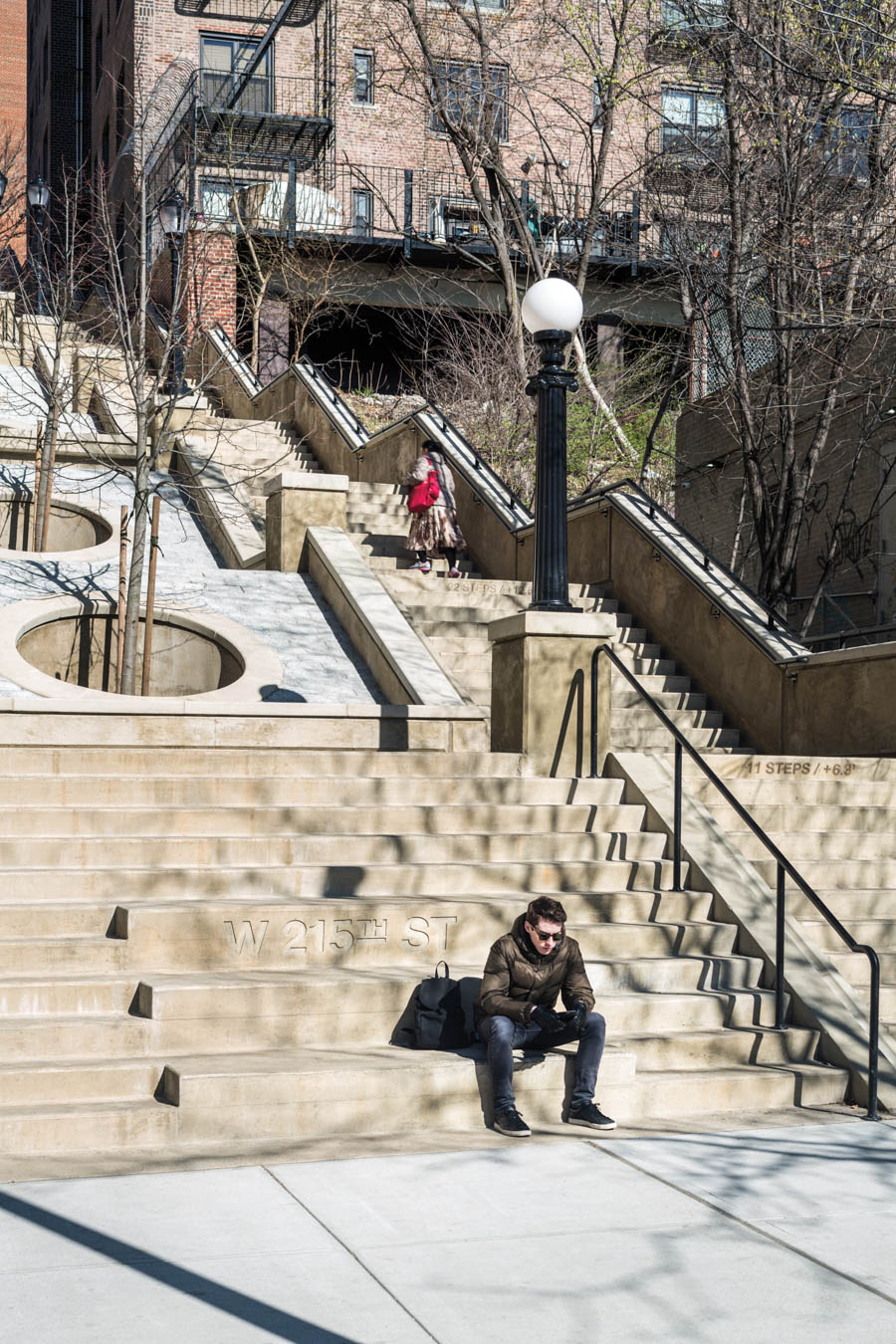
CLAIRE WEISZ: Now that you’ve brought it up, one of my favorite public projects we did is 215th Street and Broadway, that step street. The step street was from the early 20th century, so it had a certain vintage appeal but hadn’t been consciously planted. So we looked at what it was connecting and we determined there were a couple of things at stake. We labeled each step with how many feet you’re climbing, so exercising people can count steps, and we added an inspirational quote—in this case, from Martin Luther King Jr.
What challenged us with that project was the question of how important it is for people to walk and exercise and feel like their streets are useful, safe, and accessible. But there’s this other pressure from city budgets and neighbors, which is we can’t afford to maintain something.
It’s a recurrent theme working in the public realm to figure out what you can do today that can have some change of people openly interpreting it tomorrow. So it’s back to that idea of control.
DAVID SEITER: That’s fascinating. Those examples are really hooks that allow a deeper registry of meaning. It’s not didactic, but it’s open-ended. You’re offering up a framework to allow people to interpret things for themselves.
There’s a great book by Donna Haraway called Staying with the Trouble that looks at the Anthropocene and how we can be more empathic to other species. Obviously, we have to deal with our own species, but in terms of the larger ecology as well, understanding that plants have a strong soul and that there’s a connection there, too.
Through this approach of considering streets and rooftops and the underutilized spaces of our city, how can we have empathy for those ecological systems? If you use the right soil, then it allows the right type of plant that brings a butterfly— those kinds of little ephemeral moments can drive memory hooks into people’s sensibility and, hopefully, create stronger, deeper relationships with nature.

CLAIRE WEISZ: I totally agree with that. I’m an architect, right? I’m inspired by the layers of new and existing buildings, and it’s been really exciting to understand buildings in the same way as animals. We just don’t acknowledge we’re part of a larger ecosystem with other animals that are also trying to make their way and grow.
Someone who has really inspired us is [landscape designer] Piet Oudolf, who we worked with at the Battery and at Astor Place. So much scientific knowledge comes out of the interplay between our nature and nature outside. I feel that’s something that my own field doesn’t promote.
Astor Place is one of the projects I’m most proud of. In its first couple of years the area had a huge amount of all of Piet’s plants. I saw butterflies. You could hear birds in the middle of Astor Place. This is a botanic garden at the foot of Manhattan. It’s allowing you to hear birdsong attracted by this oasis of green. I have high hopes that people understand now that the streets are our open spaces, and actual thriving trees and plants actually calm people down. It’s better for people’s mental health.
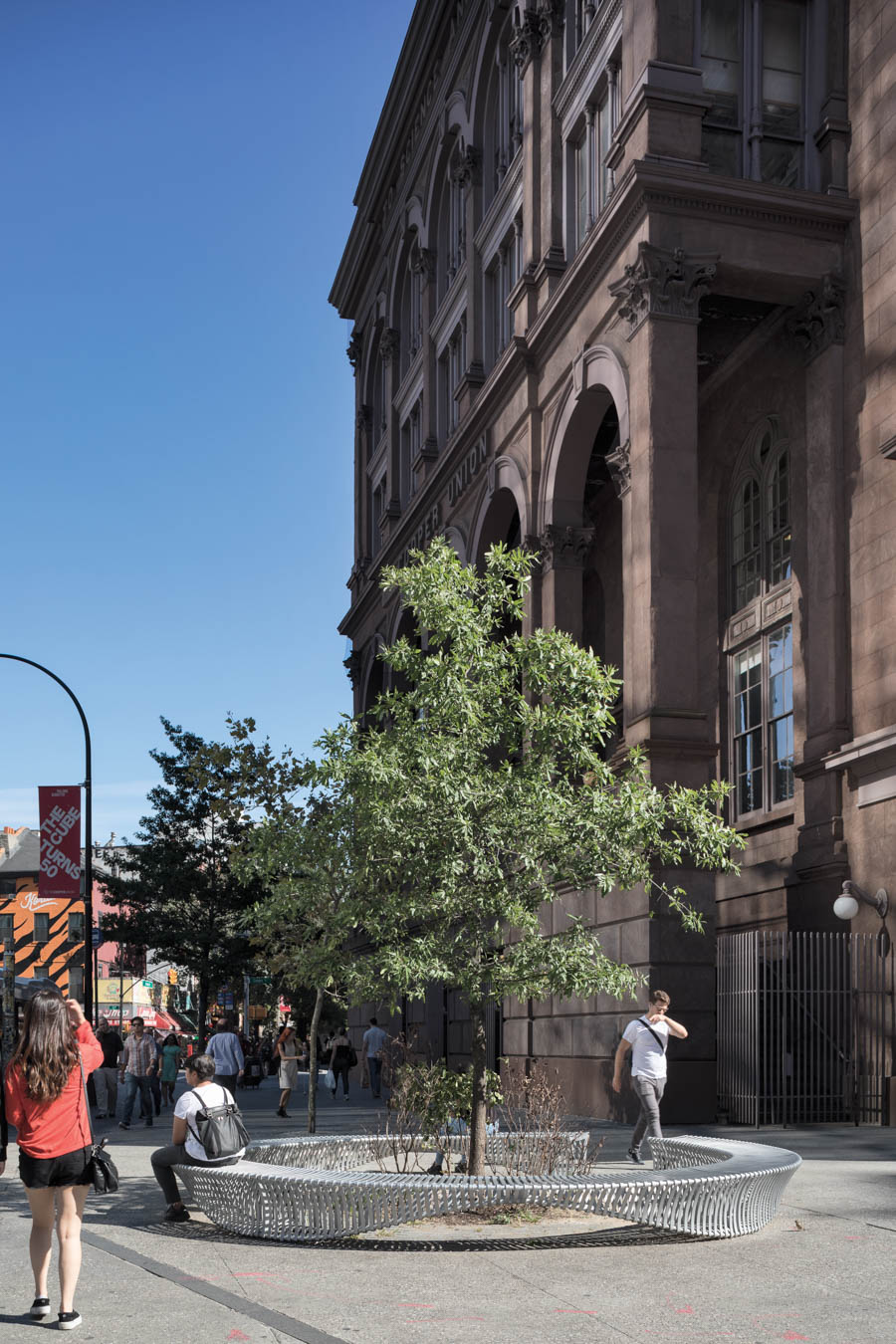
DAVID SEITER: Being a design-build firm, there’s something in our work that also lends itself to smaller-scale spaces. That has led us to work on the patchwork ecology of the city: walls and roofs and streets, and vacant lots as new territory for landscape architecture.
Thinking about a kind of post-COVID world that we are all considering, I feel what happened in the past is not as relevant; can we kind of invite more of a participatory design process, talking about maintenance, and carry that to deeper levels of engagement?
CLAIRE WEISZ: I want to echo a couple of things and I want to express a self-criticism. One of the things we can correct that is within our own power is acknowledgment of credit. Like, who can we credit for big change? When I think about Brooklyn Bridge Park, and the Greenpoint and Williamsburg waterfronts, I think of all the planners, and Justin Garrett Moore, and Regina Myer. It’s not just us on the design side, but it’s our public partners. How do we keep them understood as designers? There’s a long way to go in acknowledging the framework or master plans as a creation of opportunities. The purpose of them is to create the right opportunities for even more authorship within a framework that can serve for beauty on so many levels.
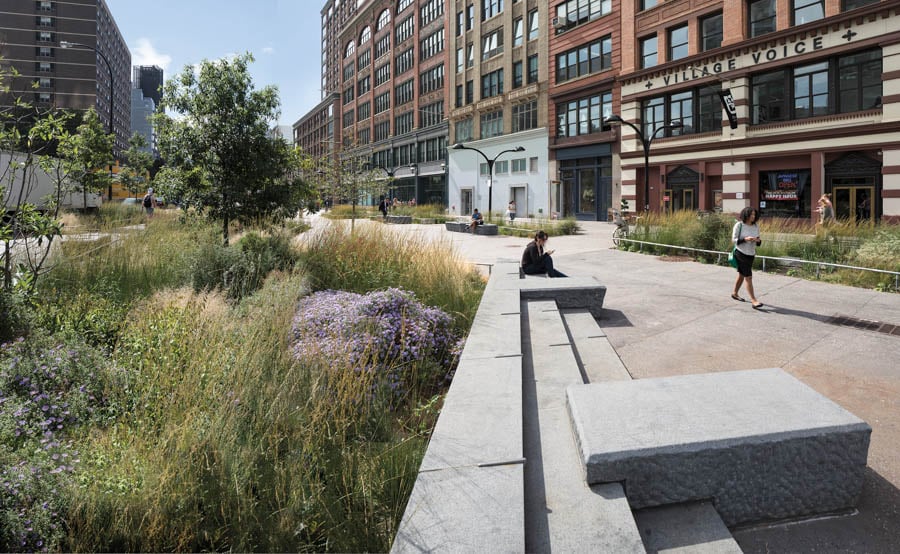
DAVID SEITER: There’s a push within landscape architecture saying that we should have greater agency in the public domain. We’re not just plants, or people who say, “Here’s your box” and put your flowers in. We are really good at coordinating and communicating between different trades, aligning with infrastructural goals to realize larger-scale projects. And now there’s even a broader shift toward focusing on elements of the Green New Deal and our agency to implement some policy goals. In a way we’ve maybe been passive activists.
Our book Spontaneous Urban Plants was about cultivating a way of seeing plants you walk by every day and trying to find a way of elevating them and their ecological benefits in the city. At the same time, another project, Sections of the Anthropocene, looks at kinds of totems as if they were large-scale core samples extracted from the earth, aggregated layers that have outsized effects in terms of the world’s ecology. But now I feel is a moment of triage for Future Green; I’m really at a pivot point. At the firm we are thinking, What can we do differently, and what is our role in the future?
CLAIRE WEISZ: We absolutely do have to open these systems, like the Spring Street Salt Shed, which is still a moment of public pleasure. It’s so important that there be a personification of our systems. I feel that way about SeaGlass Carousel—a way architecture speaks to the function of play in a city—or the West Thames Street Pedestrian Bridge, which I hope is about younger people looking and saying, “Hey, I want to design a bridge, or a salt shed.” When I reflect on these experiments, I’m asking if it will help change people’s way of thinking.
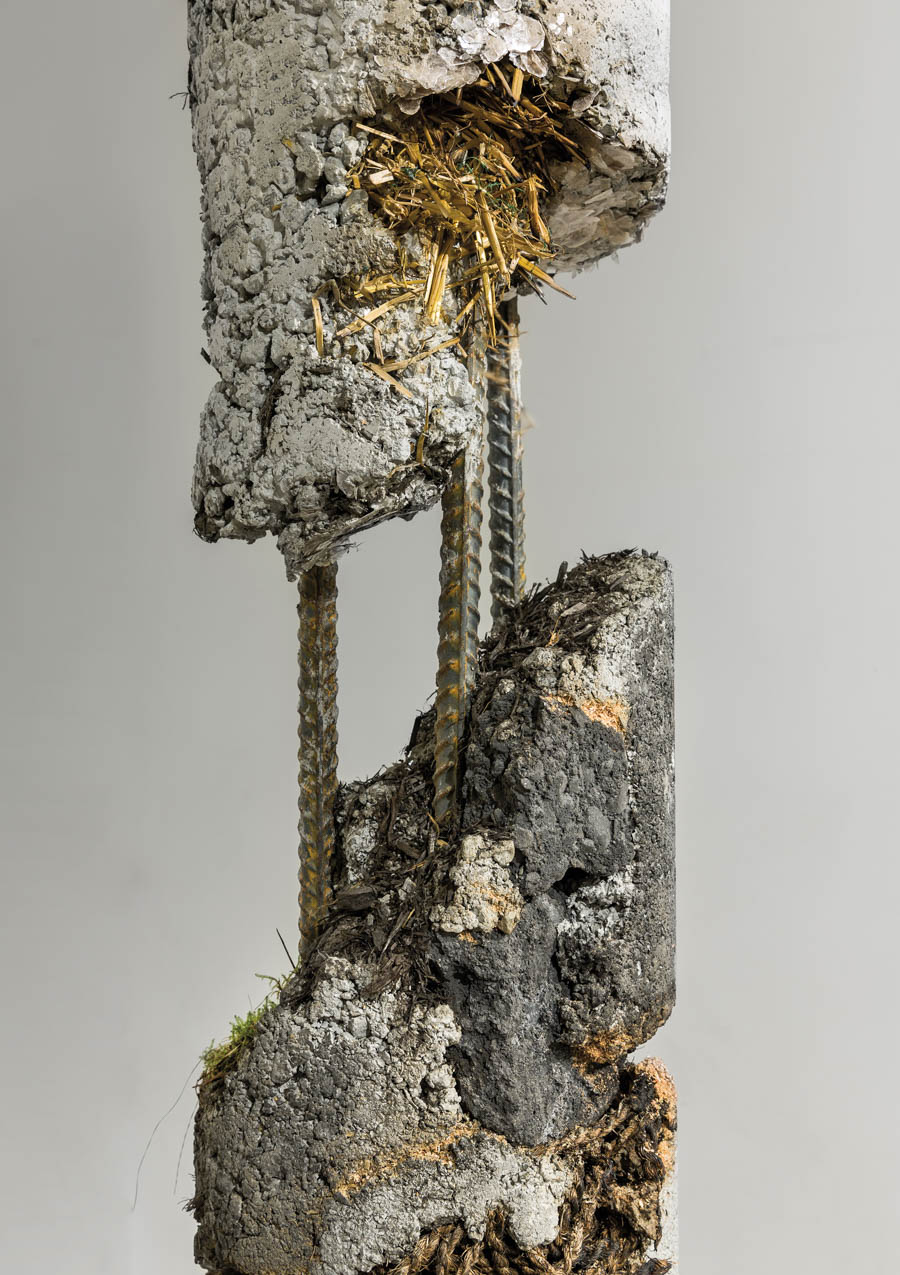
DAVID SEITER: We always say when the project is installed, that’s when the landscape begins. That’s not just for the plant life, but for people. It’s the synergy of those types of systems. So again, how do we design the hooks to make a landscape memorable, and to ingrain those experiences within people’s perceptions? With COVID now, the open-streets program is great; people are spilling out of their apartments and into the public realm and reclaiming those as their own. This is an opportunity to make lemonade out of lemons, to rethink how those collaborative occurrences can occur on the street.
CLAIRE WEISZ: I always ask, with landscape urbanism, where’s the urbanism? With standardization concerns, how is something scalable and replicable? If we made everything the same, you wouldn’t have the Salt Shed. You wouldn’t have the Battery. There has to be an acknowledgment that every community deserves the best architecture and the best landscape that can be achieved. At different points in history, we either chose to do Rockefeller Center or we chose, for example, in the ’80s to do generic buildings. We need to raise awareness that communities and places that have been ignored deserve the best landscape and the best architecture.

DAVID SEITER: Your mention of Rockefeller Center reminds me of this series of temporary installations that we worked on last year with the New York Botanical Garden [NYBG]. Their research looks back at Manhattan, the ecosystems that existed on the original island that Manhattan now sits on. Rockefeller Center was the site of the Elgin Botanic Garden, which was New York City’s first for studying plants for medicinal purposes. We were able to bring a lot of the plant selections that the NYBG had suggested back into the installations at Rockefeller Center. But it’s such a radically transformed landscape, considering the commercialization today in Rockefeller Center. It is disappointing, but also offers hope that the city can reinvent itself. It shows we do have the capacity to make something different and better serve people and ecology.

CLAIRE WEISZ: I echo exactly what you’re talking about. That reinvention makes me think of the reconstruction of the Rockaway Boardwalk: We can’t use, in this case, tropical hardwoods because everyone’s just nostalgic about boardwalks being boards, right? So how do you use standardization as your friend while giving a community something special? Two residents in particular, a journalist and a longtime advocate, said, “Just like the Hollywood Sign, you should see ‘Rockaways’ be spelled out when you fly into JFK Airport.” So it can’t just look like a sidewalk, but we don’t have the labor money to do these patterns you see in beaches in Europe.
Even though we can’t use the beaches yet, simply walking and using the boardwalk has been an important light in the tunnel for many of us—whether we live in the Rockaways or not—to connect. New York has that complexity. We have people who surf in the morning and then put a suit on and go to work in midtown. Hopefully, that will still be the case, and what people really want in all five boroughs, in all of our different environments.
You may also enjoy “Game Changers 2020: Kevin Kimwelle and ICON on Social Equity in Building”
Would you like to comment on this article? Send your thoughts to: [email protected]
Register here for Metropolis Webinars
Connect with experts and design leaders on the most important conversations of the day.










